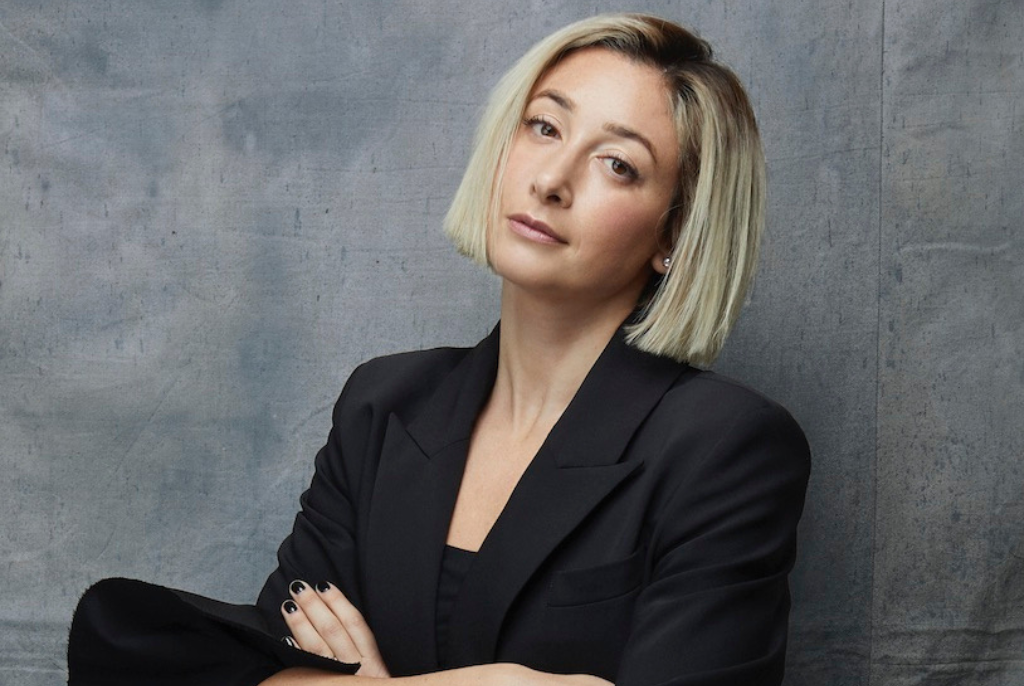The Art of Consignment: Mapping the Regulatory Environment of Artist-Gallery Relationships in Australia
Guest Work Agency Director and Founder Alana Kushnir. Photo credit: Justin Ridler.
In a recent article written for the Australian Intellectual Property Law Bulletin, Guest Work Agency Director and Founder, Alana Kushnir and Paralegal Mia Schaumann trace the regulatory landscape of artist-gallery relationships in Australia.
CONSIGNMENT ARRANGEMENTS BETWEEN ARTISTS AND GALLERIES
One of the long-standing myths about the art market is that there is minimal regulation. But this is not quite true. In the primary art market, one of the key relationships which underpins transactions involving the sale and purchase of art is between the artist and their gallery. Typically, where an artist consigns their artwork to a gallery, the role of the gallery is to display and sell the artwork on the artist’s behalf. Consignment arrangements regularly form the legal basis of these types of relationships as part of the representation agreement.
Artist gallery relationships do tend to go through their ups and downs and can, on occasion, break down entirely. This can be problematic when the contract does not address the issues of who is responsible for what in the event that the relationship does not go ahead as planned.
THE LEGAL STATUS OF CONSIGNED ARTWORKS
One of the problematic aspects of artist and gallery relationships which is often not clearly articulated in writing is determining the legal status of the artworks which have been consigned to the gallery. It is not uncommon for artists to be unaware of which of their artworks have been sold by a gallery they have consigned to, at or near to the time of the sale or even after the fact. It is less common, though not unheard of, for a gallery to not transfer to the artist the financial proceeds (or part thereof) from the sale of a consigned artwork in a timely manner, and sometimes no funds are transferred at all.
Where such scenarios occur, the question of whether the buyer of a consigned artwork has good title to their purchase arises. In other words, can a claim be made by an artist against a buyer for the return of their artwork where a gallery sells an artwork consigned to it without informing the artist? Or where the gallery does not transfer the sale proceeds to the artist?
Under common law, the Nemo Dat Rule—where the transferor cannot pass on better title than they themselves have — may apply. This principle is cemented in s 27 of the Goods Act 1958 (Vic). However, there are important exceptions to the rule which are likely to preclude an artist from relying on this principle. In particular, the law considers that where a purchase has been made honestly and in good faith on a bona fide basis, without the purchaser being put on notice, the transfer of ownership from the seller to the buyer amounts to good title.
MORE ART INDUSTRY REGULATION IS NEEDED
With minimal financial resources and little to no legal education, artist and gallerists can struggle to take advantage of the law. These dynamics are a prime example of why regulation at the industry level is important. But in Australia, when it comes to artist-gallery relationships, industry level regulation is little to non-existent.
This does not constitute legal advice, however if you would like further assistance or advice, email us at info@guestworkagency.art.
